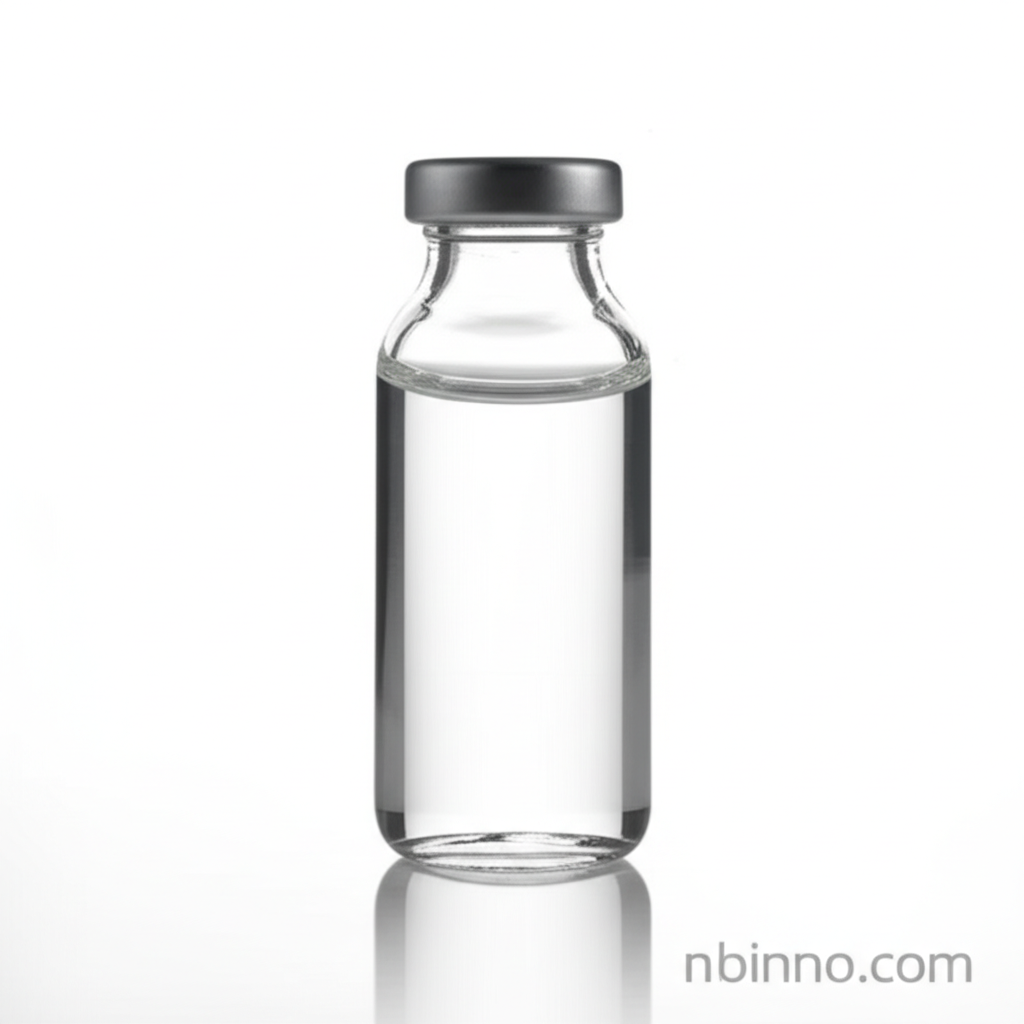Di-tert-butyl Peroxide (DTBP): A Versatile Organic Peroxide for Polymerization and Chemical Synthesis
Discover the key properties and diverse applications of Di-tert-butyl peroxide, a vital component in modern chemical industries.
Get a Quote & SampleProduct Core Value

Di-tert-butyl peroxide
Di-tert-butyl peroxide (DTBP) is a highly stable organic peroxide widely utilized as a radical initiator in polymerization reactions and as a catalyst in various chemical syntheses. Its ability to decompose into free radicals upon heating makes it indispensable for producing polymers like polyethylene, polypropylene, and styrene. Beyond polymerization, DTBP acts as a crosslinking agent for elastomers and finds applications in specialized organic reactions such as alkylation and methylation.
- Leveraging DTBP as a polymerization initiator is crucial for the production of polymers like polyethylene, contributing to the development of high-performance materials.
- Explore the utility of di-tert-butyl peroxide as a crosslinking agent for elastomers, enhancing the durability and mechanical properties of rubber products.
- Understand the role of di-tert-butyl peroxide in chemical synthesis, particularly in alkylating reactions that facilitate the alpha-functionalization of compounds.
- Investigate how DTBP acts as a radical initiator, driving essential processes in polymer chemistry and contributing to advancements in material science.
Advantages Offered by the Product
High Thermal Stability
The bulky tert-butyl groups impart significant thermal stability to DTBP, allowing for controlled decomposition and reliable performance as a radical initiator, making it a preferred choice for demanding polymerization processes.
Versatile Reactivity
Di-tert-butyl peroxide's ability to generate free radicals at specific temperatures makes it a versatile tool for initiating a wide range of polymerization reactions and participating in various organic transformations, including alkylating reactions.
Enhanced Polymer Properties
As a di-tert-butyl peroxide polymerization catalyst, it plays a vital role in tailoring polymer properties, from molecular weight control in polypropylene to improved strength in cross-linked elastomers.
Key Applications
Polymer Production
DTBP serves as a primary polymerization initiator for monomers like styrene and vinyl chloride, essential for manufacturing a vast array of plastic products, including packaging and automotive components.
Elastomer Crosslinking
The use of di-tert-butyl peroxide as a crosslinking agent enhances the mechanical properties of elastomers, crucial for producing durable rubber products such as tires and hoses.
Organic Synthesis
In chemical synthesis, DTBP is employed in alkylating and methylation reactions, facilitating complex molecular modifications and the creation of advanced chemical intermediates.
Polymer Processing
Di-tert-butyl peroxide is utilized for rheology control in polymers like polypropylene, enabling easier reprocessing and improved manufacturing efficiency in extrusion processes.
